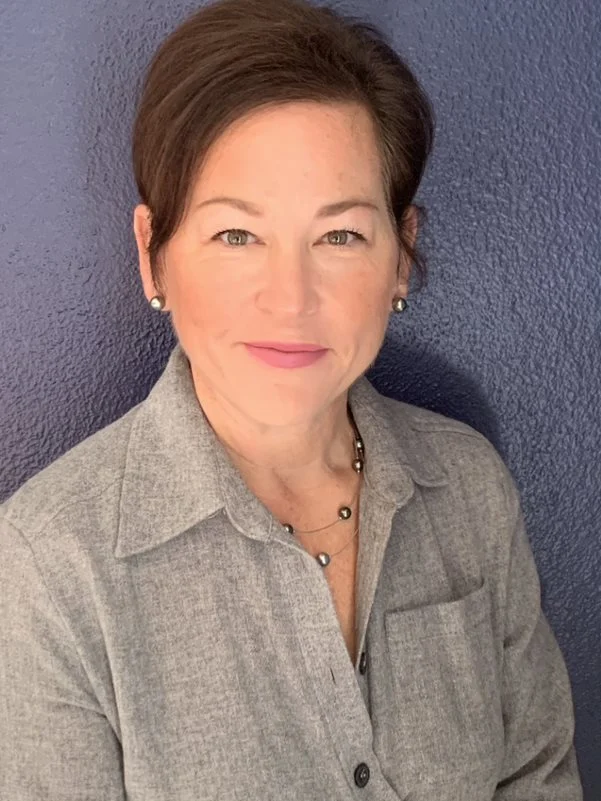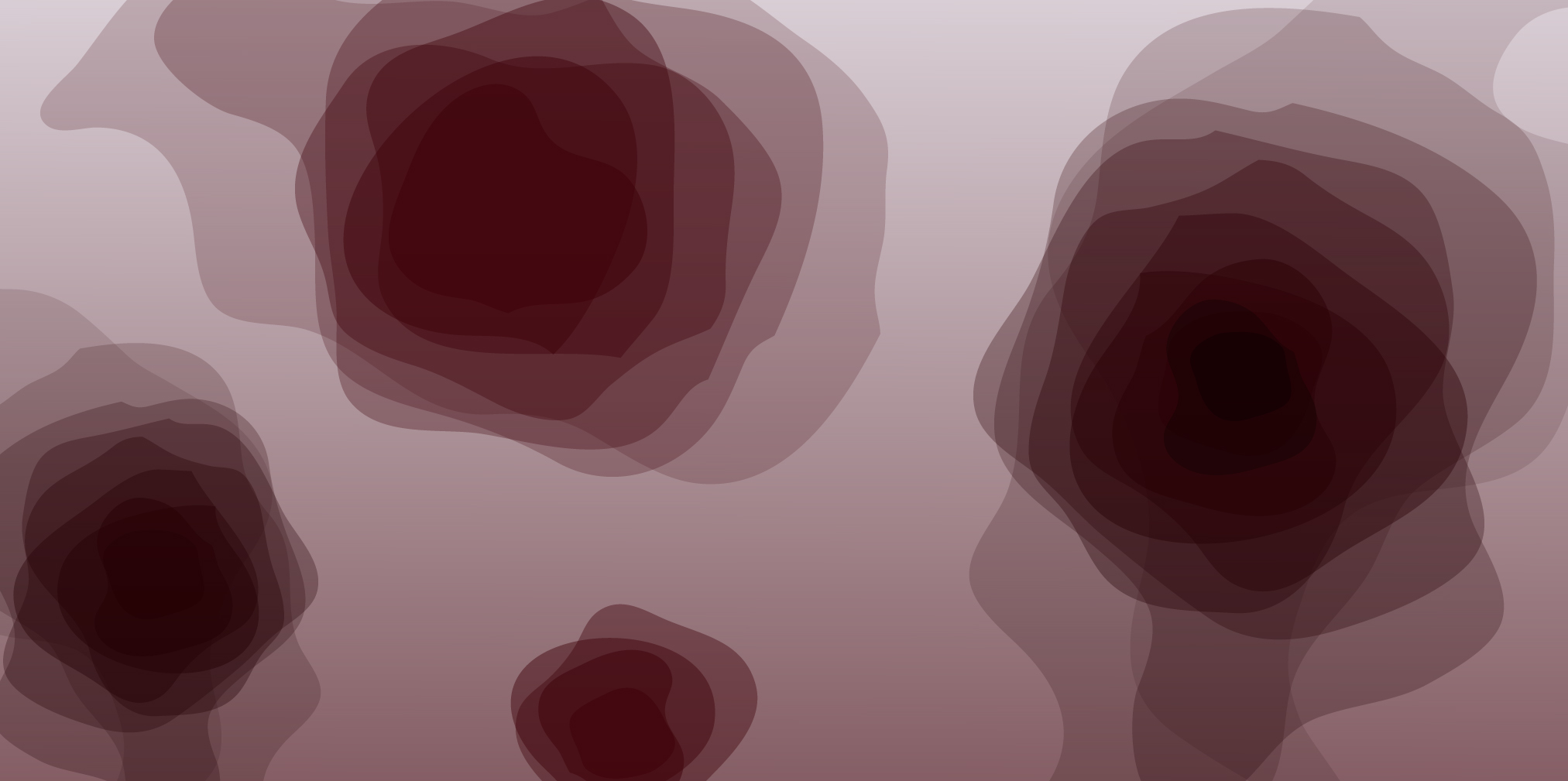Summary
It starts small. A slight pain in the foot, followed by an achy shoulder. There’s some fatigue. The type of non-specific symptoms that often go ignored … until they can’t be anymore.
A 37-year-old visits the family doctor, complaining of foot, shoulder and chest pain that progresses over weeks. And she’s really tired. Otherwise, there’s nothing notable.
She’s just a busy parent. Being tired is normal, right?
Sometimes that’s true, but in this case, this would prove to be a dangerous assumption.
She visits her primary care provider who decides to run X-rays. There’s nothing to note other than an expanded area of cartilage at the end of the sixth rib. The doctor doesn’t think much of it at the time, but this would prove pivotal to solving the case.
The patient is prescribed physical therapy, but it doesn’t help. It actually makes things worse.
“She’s getting very fatigued to the point where she’s having to lay down in the afternoons. She can’t really do her full family activities,” shares Dr. Suzanne Jan De Beur, an endocrinologist with a specialty in metabolic bone disorders at Johns Hopkins University School of Medicine in Baltimore, Maryland. “She gets terrible pain … And then eventually she was found to have a left hip fracture and needed surgery to repair the hip fracture.”
This incredible progression — a hip fracture with no trauma at 39 years old — leads to more tests. She’s diagnosed with celiac disease, a wheat allergy that can cause weak bones from not absorbing vitamin D and other nutrients into the bones. This explains the fractures, but not the muscle weakness.
She’s compliant with her celiac therapy, but it keeps getting worse — to the point of needing a walker. This is when the patient sees Dr. Jan De Beur.
It’s at this time that a very small discovery leads to a very big diagnosis.
It also leads to many lessons — one being to not only zoom in on one specific symptom, but to zoom out on a case over time so you can put the puzzle pieces of non-specific symptoms together and find your diagnosis.

Dr. Suzanne Jan de Beur has been compensated by Ultragenyx Pharmaceutical Inc. for his participation in partnership with The American Society for Bone and Mineral Research.Ultragenyx Pharmaceutical Inc.
Suzanne Jan de Beur, M.D., an associate professor of medicine at The Johns Hopkins University School of Medicine and the Director of the Clinical Research Unit Network of the Johns Hopkins Institute for Clinical and Translational Research. She received her B.A. and her M.D. degree from Cornell University. She completed the Osler Medical Residency at the Johns Hopkins Hospital and her fellowship in Endocrinology and Metabolism at the Johns Hopkins University School of Medicine. As a Physician-Scientist and a practicing Endocrinologist, her clinical and research work focus on understanding rare and metabolic bone diseases at the basic level and translating these observations to the bedside. She is an internationally recognized expert in osteoporosis and metabolic bone disease and is frequently invited to speak on skeletal health. Dr. Jan de Beur is a leader in several professional societies including the President of the American Society of Bone and Mineral Research in 2021.
Transcript
DDx SEASON 6, EPISODE 6
RAJ: This episode of DDx was produced in partnership with The American Society for Bone and Mineral Research and sponsored by Ultragenyx Pharmaceutical Inc.
OPENING
RAJ: It starts small. A slight pain in the foot, followed by an achy shoulder.
There’s some fatigue.
Mostly things that you or I would probably ignore… until we couldn’t anymore.
And this is how our case begins. A 37-year old woman visits her family doctor, complaining of foot, shoulder and chest pain that progresses over weeks.
And she’s really tired.
But otherwise healthy.
She’s just a busy mom. Being tired is normal, right?
Perhaps this pain… is all in her head?
That’s a pretty common assumption. But in this case, it would prove to be a dangerous one.
SHOW INTRO
RAJ: This is DDx, a podcast from Figure 1 about how doctors think.
I’m Dr. Raj Bhardwaj.
This season is all about rare bone diseases.
Today’s case is presented by Dr. Suzanne Jan De Beur, an endocrinologist with a specialty in metabolic bone disorders at Johns Hopkins University School of Medicine in Baltimore, Maryland.
CHAPTER 1 – IT’S ALL IN YOUR HEAD
RAJ: In response to our patient’s complaints of chest pain, her family doctor orders x-rays.
Dr.Jan De Beur: Her primary care doctor does some imaging doesn’t see anything in particular does see this area that looks like a big area of expanded cartilage at the end of her sixth rib
RAJ: The doctor doesn’t think much of it, although this would later prove to be pivotal in both confirming a diagnosis and curing the disease.
Her debilitating fatigue – and foot, shoulder and chest pain – are attributed to stress.
Dr.Jan De Beur: Her primary care doctor says, you must be stressed out. I know you got lots of responsibilities. You’re a young mother, you have an active family, let’s send you to physical therapy and see if you can feel better.
RAJ: So our patient begins physical therapy, although it doesn’t help.
In fact, things are about to get much, much worse.
CHAPTER 2 – MISDIAGNOSIS
RAJ: Our patient’s pain is worsening, but now it’s accompanied by weakness.
Dr.Jan De Beur: She’s getting very fatigued to the point where, she’s having to lay down in the afternoons. She can’t really do her full family activities. Her husband’s going what’s going on with you. I really need your help. And you’re like laying around all the time. And she’s just feeling really awful.
RAJ: It’s been about two years since that initial pain in her foot started and the pain has continued to spread throughout her body. It’s now almost unbearable.
Dr.Jan De Beur: She gets terrible pain. Her left hip sent her to physical therapy. And then eventually she was found to have a left hip fracture and needed surgery to repair the hip fracture.
RAJ: After the hip fracture, her doctor does more tests.
Dr.Jan De Beur: It starts to get real and they start to try to do an evaluation as to why this woman’s bones at, now 39, are so terrible that she’s basically had a spontaneous hip fracture without trauma.
RAJ: Another diagnosis is made.
Dr.Jan De Beur: They find that she has positive antibodies for something called celiac disease, which is a wheat allergy, causes inflammation in the GI tract where we absorb lots of our nutrients and our iron. And it can cause weak bones because you’re not absorbing vitamin D and other nutrients for the bones.
RAJ: Celiac disease could explain the fractures, but it doesn’t explain the muscle weakness.
Dr.Jan De Beur: So she goes on treatment for celiac disease, which is gluten free diet, and is really compliant with that, but nothing’s getting better.
RAJ: In fact, she’s getting worse…
Dr.Jan De Beur: She’s beginning to be more progressively weak to the point where now she’s starting to use a cane, just having to basically rest all day to even be able to function the small amount of hours that she’s able to function.
RAJ: A year later, she suffers another hip fracture.
Dr.Jan De Beur: And at that point she was referred to an endocrinologist. The endocrinologist did an evaluation and found that her serum phosphorus was low.
RAJ: Phosphorus is a mineral essential for bone health. Low phosphorus can cause bone weakness, fragility, pain and fatigue.
Dr.Jan De Beur: And actually they consulted me via email and presented the case. And I said, you know, was there family history?
RAJ:The family history was unremarkable.
Dr.Jan De Beur: She said, no, there’s no family history of being short of having bowed legs. But there is a sister with no knees. And so she said, I think my patient has x-linked hypophosphatemia, which is an inherited form of hypophosphatemia that can result in skeletal fragility.
But I was not convinced based on what she told me.
The woman was normal height. She didn’t have any dental involvement, and she didn’t have any family members except for a sister who had quote-unquote, Knock knees. And she told me about the extreme weakness and the progressive nature of it. And I said, this really does not sound like x-linked hypophosphatemia. I’m concerned that your patient might have Tumor-induced Osteomalacia.
RAJ: Tumor-induced Osteomalacia, or TIO, is a rare bone-weakening disease caused by one or more, usually benign, slow-growing tumors.
These tumors produce high levels of a protein which prevents the kidneys from absorbing phosphate or producing vitamin D, both of which are essential to bone health.
Initial symptoms of the disease include: bone pain, muscle weakness as well as fractures – all of which our patient had.
CHAPTER 3 – DIAGNOSIS AND TREATMENT
Dr.Jan De Beur: So she sent the patient to me for further evaluation. I saw this 41 year old woman at this point, coming in on a walker, barely able to walk, not able to get up from a seated position without bracing with her hands on the edge of the chair.
RAJ: Our patient’s life had been turned upside down. She desperately needed a diagnosis and treatment.
Dr.Jan De Beur: She basically can do nothing at home. She has a young, active family, she’s so missing helping out with her children and being involved in her children’s life. She’s basically just getting by.
RAJ: Dr. Jan De Beur continued her evaluation.
Dr.Jan De Beur: We did the serum phosphorus. We looked at her urine phosphorus excretion, and found that again, her kidney was not holding onto phosphorus. We looked at that active form of vitamin D. It was also low. We measured that hormone FGF23 and it was elevated. And I became convinced that this person probably had tumor induced osteomalacia.
RAJ: They needed to find that tiny tumor that had upended our patient’s life – and remove it.
Dr.Jan De Beur: We wanna find that tumor, if we can find the tumor and we can completely excise it, we can cure this woman. And I’ve seen these patients when they’ve had their tumor removed. And within a matter of months, it’s like Lazarus. They go from barely being able to participate in their daily activities of life, to feeling great again, and able to do what they loved to do.
RAJ: While reviewing the patient’s medical history, Dr. Jan De Beur was struck by something very specific.
Dr.Jan De Beur: The first thing that came to mind was that really weird, expansive cartilage that they had found four years before when she was complaining of that chest wall pain and I reviewed the x-rays and I thought this just really doesn’t look typical.
These tumors are typically small, they can be two centimeters, which is less than an inch and they hide in different places. They can hide in the sinuses. They can hide in the jaw, they can hide near bones. They can be in soft tissue. They can be anywhere in the body from head to toe, from the tips of the fingers, to the tips of the toes, to the tips of the head.
RAJ: There’s a very specific test used to find the tumor.
Dr.Jan De Beur: The gold standard test is something called a gallium 68 PET dotatate scan. And those use that radio nucle to hone in on those somatostatin receptors to help us light up this small tumor, wherever it may be in the body. So we did a PET dotatate scan, and lo and behold, that sixth rib lesion lit up like a Christmas tree and that was the tumor.
RAJ: Once the tumor was located, it was surgically removed.
The results were… miraculous.
Dr.Jan De Beur: Low and behold, three months after surgery, she’s able to walk in a normal speed down the hallway. She is back to participating in her kids’ activities. And she’s back to being the 42 year old vital young woman that she was before all this pain and disability started five years previously.
CHAPTER 4 – LESSONS
RAJ: So what are the lessons from this case?
First, beware of progressive symptoms…
Dr.Jan De Beur: So the first thing is this was a 37 year old woman who began having progressive pain in very unusual areas. Many people don’t complain of pain in their feet, pain in their chest wall. And the pain was pretty focal and the pain progressed. When a 37 year old starts to have pain that’s progressive and then there’s weakness that starts, this is a real red flag to me. To me, anybody that presents with pain and weakness, I would add a fasting serum phosphorus to their laboratory evaluation. So I think early on with the complaints just getting a fasting serum phosphorus could have sent them down a different road.
I think the next opportunity was when she began having chest wall pain.
This is very unusual to have chest wall pain. People when they’re complaining of chronic pain or dull pain and it seemed like that where she was complaining of pain was where this prominent cartilage was. So again, I might have put those two things together. Either, was this an old rib fracture? And this is a piece of callous? And if that was a rib fracture again, what is this 37-year old doing, having a rib fracture. And if it wasn’t rib fracture I wonder if this bony lesion is associated with this person’s clinical pain and downward progression of her mobility.
RAJ: Sometimes, it’s important not to “zoom in” on one symptom, but to “zoom out” and look at the patient’s entire case over time… (That’s one benefit of continuity of care from a primary care provider…)
Dr.Jan De Beur: So the challenge is putting non-specific symptoms together, fatigue, pain, weakness, tying them together into a unifying diagnosis.
But I think when you are confronted with someone who’s having pain, that’s beginning to move to different parts of the body and is accompanied by weakness especially in a person that was previously healthy. I would just have a very low threshold for measuring a fasting serum phosphorus.
SHOW CLOSING
RAJ: Thanks to Dr. Jan De Beur for speaking with us.
This is DDx, a podcast by Figure 1.
Figure 1 is an app that lets doctors share clinical images and knowledge about difficult to diagnose cases.
I’m Dr. Raj Bhardwaj, host and story editor of DDx.
You can follow me on Twitter at Raj BhardwajMD.
Head over to figure one dot com slash ddx, where you can find full show notes, photos and speaker bios.
This episode was brought to you by Ultragenyx Pharmaceutical Inc.
For more information on TIO please visit ultragenyx dot com
Thanks for listening.






